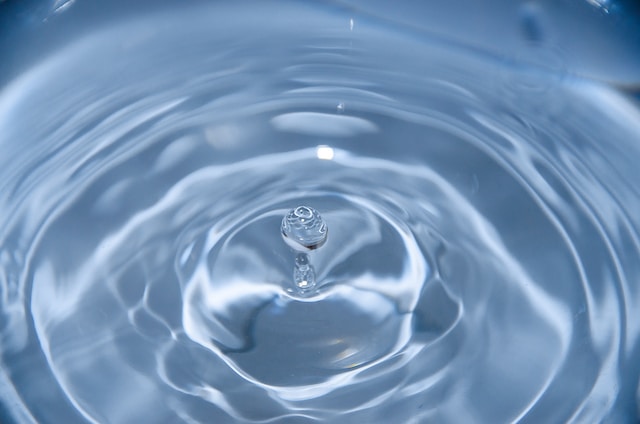Water softeners can eliminate the adverse effects of hard water in your home, like dry skin and brittle hair, high energy consumption by your heater, scale buildup, and more. The right water softener system can solve all these problems and help you save money.
Know Your Water Hardness
If you live in an area with hard water, you may be surprised to learn that even municipally supplied homes can benefit from using a water softener. This is because when water flows over soil and rock, it picks up naturally occurring hard minerals such as calcium and magnesium. Municipalities will only remove these minerals after distributing their treated water to residents. A simple way to test your home’s water for hardness is by placing a washed washcloth into a glass jar filled with clean, soft water. Hard water will cause the washcloth to ring out, indicating soapsuds are present in the water.
You can find out your water hardness by contacting your municipality or requesting a water quality report from your local water utility company. You can also use a home testing kit at most hardware or home improvement stores. Once you know your water hardness, you must calculate your daily softening requirement. This will help ensure you purchase the correct-sized water softener.
Calculate Your Daily Softening Requirement
Water softeners Tampa help to eliminate residue-causing minerals that build up in your plumbing and home appliances. However, select a system that is too small to handle the daily usage of your household. In that case, it can result in several issues, such as clogging or an inability to regenerate.
To determine the size of your water softener, you will need to calculate how much your household uses daily and what your average hardness level is. You can get this information by examining your water bill or using national averages. Once you know the hardness and consumption levels, you will need to multiply them together. You will then need to divide this number by seven, as a water softener should ideally regenerate once every week. This will give you your household’s daily hardness requirement in grains per day. This will allow you to browse the available softener capacities until you find the perfect one for your home.
Select a Water Softener with an Appropriate Grain Capacity
Water softeners remove hard minerals like calcium and magnesium through ion exchange. They work by sending water through a bed of spherical resin beads that have a negative charge and are filled with sodium ions. As the water passes through, the ions in the hardness minerals are attracted to the positive charges on the resin and are exchanged for the sodium ions.
Once you know your water hardness, the next step is to determine your household’s daily water consumption. You can do this by looking at a recent water bill or national averages.
Install Your Water Softener
Water softeners may not be necessary for every household. However, suppose you have noticed that your household appliances that run on water—including washing machines and dishwashers, as well as your bathtubs and showers—have hard-water deposits, soap scum, or scale buildup. In that case, it’s a good idea to invest in one.
First, locate and shut off your house’s main water supply valve. This is typically located in a garage or basement.
Multiply the water hardness level of your home’s main water line in grains per gallon by the number of people living there and how many gallons of water your household uses daily. This will estimate how many grains your softener should be capable of removing each week to prevent the resin beads from becoming coated in minerals and needing to regenerate.
Find a suitable flat location for your water softener and set it up to condition your indoor potable water. Still, it doesn’t interfere with the water lines leading to outdoor water connections—like spigots or lawn irrigation systems—which can be used for gardening or drinking. Also, be sure to install a bypass valve that allows you to temporarily disconnect the water softener without interrupting your home’s water flow.

